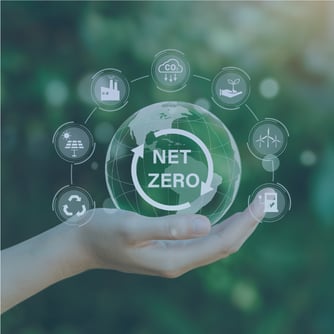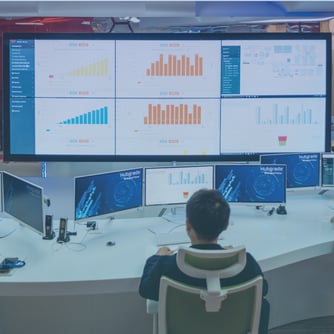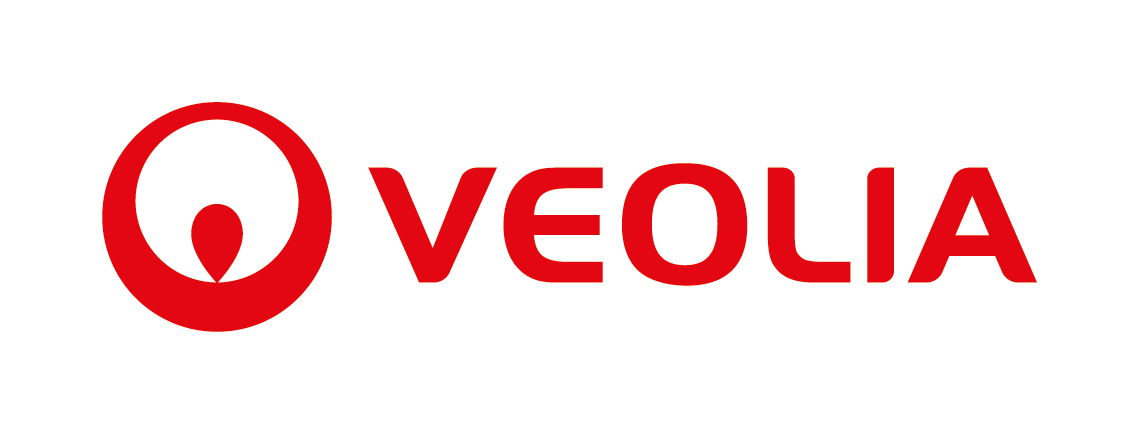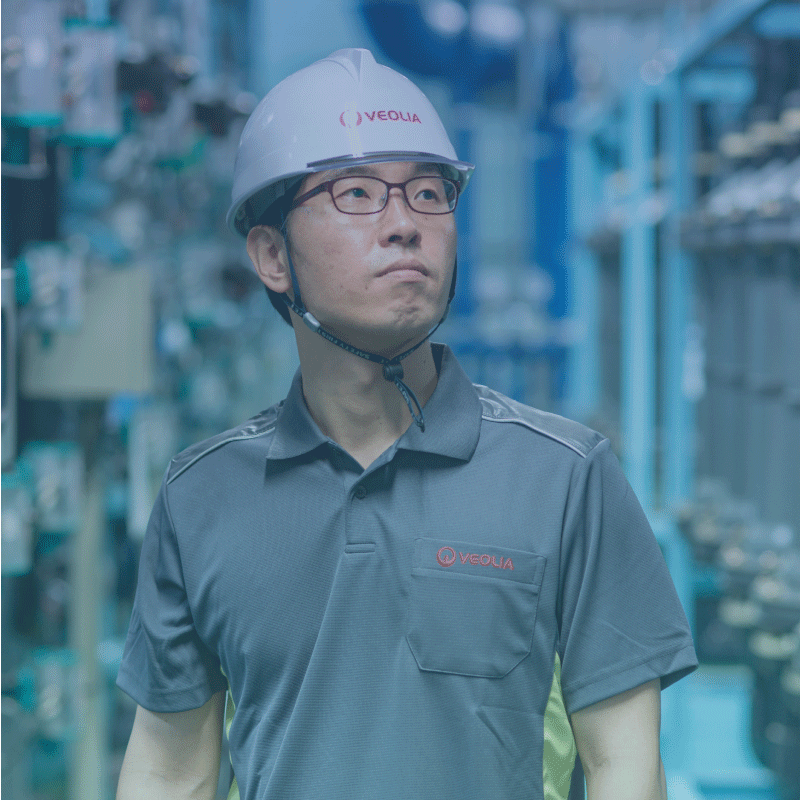Electrolysis is the most effective hydrogen production technology. The process splits pure water into hydrogen and oxygen. When powered by renewable energy (such as solar, wind, hydro, or nuclear) it’s considered ‘green’ hydrogen. But every kilo of hydrogen produced needs up to 12kg of purified water.
Hydrogen production issues

Light and storable, with no damaging emissions, green hydrogen could be an answer to our energy crisis, moving the world closer to net zero. But first, the industry must overcome several challenges. Hydrogen production must become competitive. That means the price must fall from around $6 to $1 per kilo of hydrogen. This requires efficiencies at every stage of the production process. The industry must also address storage and distribution challenges, given the limited infrastructure.
A core ingredient for hydrogen production, water can impact hydrogen electrolysis efficiency when not managed correctly. Using decades of expertise, Veolia Water Technologies can identify and overcome water treatment challenges for hydrogen production using electrolysis.
Water challenge #1 - Source reliability
You must have an effective water source for your hydrogen production site, whatever the location. That could be seawater, groundwater, surface water, or tap water. Even wastewater can be a source for efficient hydrogen electrolysis. You must assess the ongoing reliability of each option and suitable treatment technology. Your decision can make a huge difference to the resulting cost of hydrogen produced.
Some locations suffer water scarcity due to geographic proximity to sources or challenging environmental factors. In this situation, Veolia Water Technologies can help you assess wastewater options. Both within the locality and in the hydrogen production process itself. That could be providing technology that reuses cooling tower water in the purification process to reduce your overall water consumption, for example.
Water challenge #2 - Quality
 When you overlook water quality you risk hampering your productivity. You also risk harming your electrolysis cells. Water pollutants compromise your electrolysis process and demand more energy to generate the same amount of hydrogen. In other words, they increase the cost of production.
When you overlook water quality you risk hampering your productivity. You also risk harming your electrolysis cells. Water pollutants compromise your electrolysis process and demand more energy to generate the same amount of hydrogen. In other words, they increase the cost of production.
With the right water treatment process in place, you extract pollutants from the water before it passes into electrolysis. In this way, you ensure optimum water quality for hydrogen production. Poor water quality can also damage electrolysis cells and reduce potential service life. When this happens, you produce less hydrogen during the life of your equipment, inflating the cost of fuel production.
Water challenge #3 - Maintenance
No manufacturer wants downtime. Wherever you locate your water treatment plants for hydrogen production, you must have capable support on hand. This is how to stay operational for the highest possible time.
Veolia's water treatment equipment can connect to Hubgrade™ - a remote data collection and diagnostic platform that’s unique to us. Hubgrade™ monitors equipment 24/7, highlighting issues that could impact performance. Wherever your water treatment plant is, Hubgrade™ records key measurements in real-time. Knowing what changes in these parameters mean, our experts can react quickly to adjust your process.
Proactive monitoring tools like Hubgrade™ lead to important cost efficiencies. It's yet another way effective water treatment technology can support the goal to reduce hydrogen production costs.
Back to the Hub page>>


 When you overlook water quality you risk hampering your productivity. You also risk harming your electrolysis cells. Water pollutants compromise your electrolysis process and demand more energy to generate the same amount of hydrogen. In other words, they increase the cost of production.
When you overlook water quality you risk hampering your productivity. You also risk harming your electrolysis cells. Water pollutants compromise your electrolysis process and demand more energy to generate the same amount of hydrogen. In other words, they increase the cost of production.